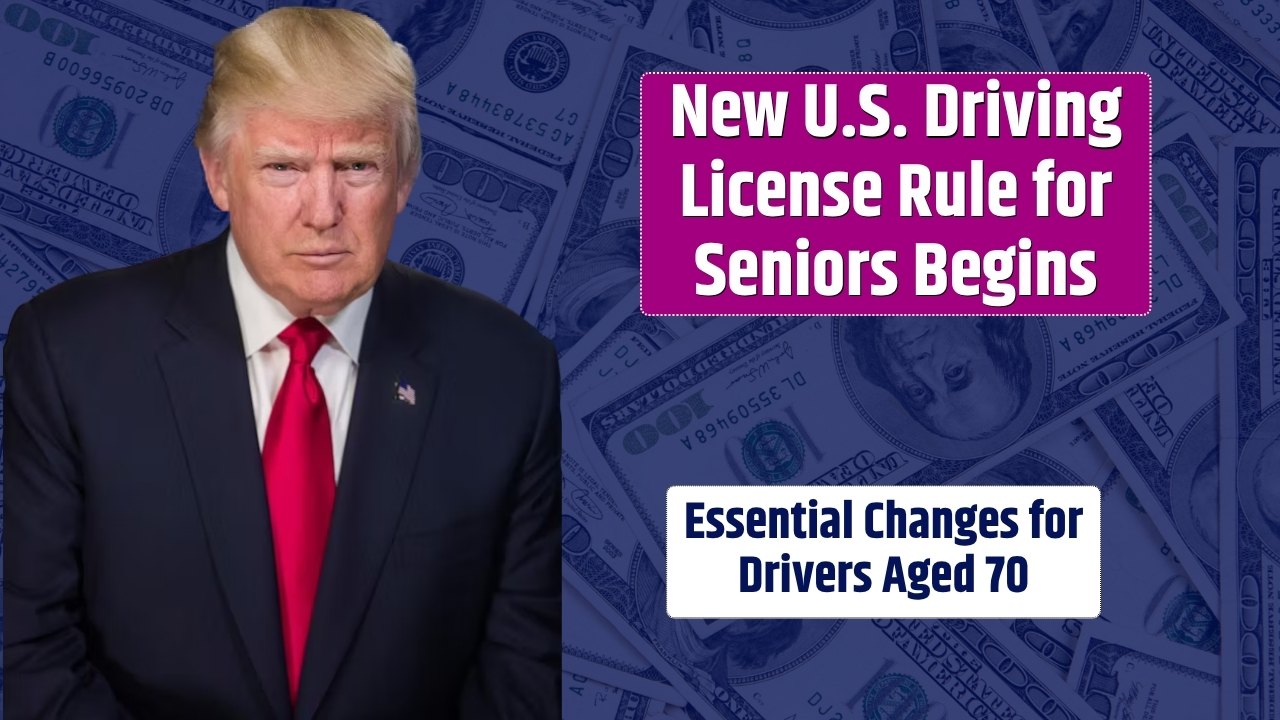For millions of retirees, Social Security isn’t just a monthly benefit—it’s a financial lifeline. Since its creation nearly 90 years ago, the Social Security program has offered vital support to older Americans, helping ensure that aging doesn’t mean falling into poverty. In 2023 alone, the program lifted approximately 22 million people above the federal poverty line, with over 16 million of them aged 65 or older, according to the Center on Budget and Policy Priorities.
Yet, this crucial safety net is now facing changes that could significantly impact over a million recipients. As of late July 2025, new Social Security garnishment policies introduced during former President Donald Trump’s administration are set to take effect, potentially slashing monthly payments for many.
Table of Contents
What’s Changing in Social Security in 2025?
Beginning July 24, 2025, the Social Security Administration (SSA) will begin garnishing benefits for recipients who were overpaid in the past. This policy shift, announced in April 2025, follows years of rising concerns over uncollected overpayments. The garnishment can reach up to 50% of a recipient’s monthly benefit in some cases.
The SSA says the move is part of a broader effort to recover a ballooning amount of overpaid funds—estimated at $23 billion as of late 2023. These overpayments stem from a variety of sources, ranging from internal SSA errors to beneficiaries failing to report changes in income, employment, or living arrangements.
Examples of Overpayment Triggers
| Situation | Outcome |
|---|---|
| Disabled worker earns more than $1,620/month but doesn’t report it | Overpayment occurs |
| SSA miscalculates benefit amount | Beneficiary receives excess funds |
| Change in marital status not reported | Benefit eligibility may change |
Who Will Be Affected?
According to SSA reports, nearly 2 million beneficiaries currently owe repayments. Among them, more than 1 million could see their monthly checks reduced starting late July. This group includes:
- Retirees
- Disabled workers
- Survivors receiving benefits on behalf of deceased family members
These individuals could see as much as half of their monthly Social Security check garnished if they do not take timely action.
What Can Beneficiaries Do?
While the situation is serious, those facing garnishments do have options. SSA allows three primary ways to address or contest an overpayment:
- Request a Waiver
You may request a waiver if repaying the overpayment would cause financial hardship or if you believe it wasn’t your fault. - File for Reconsideration
If you disagree with the SSA’s assessment of your overpayment, you can ask them to reconsider the decision. You’ll need documentation to support your case. - Request a Lower Garnishment Rate
If you’re unable to afford a 50% reduction, you can apply for a lower garnishment percentage. This too requires proof of your financial situation.
It’s crucial that affected individuals act quickly—ideally before the July 24, 2025 deadline—to minimize the impact.
Why Is This Happening Now?
The policy stems from a broader effort by the Trump-era Social Security Administration to enforce stricter oversight and financial accountability. The goal, officials say, is to recover lost taxpayer dollars and maintain the long-term sustainability of the program.
Still, critics argue that this approach may punish vulnerable populations, especially older Americans with limited income sources.
Preparing for the Changes
For those who depend on every dollar of their Social Security check, the thought of losing up to half of it is alarming. However, by understanding your rights and options, it’s possible to avoid or reduce the garnishment.
If you think you may be at risk, start gathering financial records, consult the SSA website, or speak with a legal aid organization that specializes in Social Security cases.
FAQs
When will Social Security garnishments begin?
Garnishments are set to begin on or shortly after July 24, 2025.
Can the SSA take 50% of my check?
Yes, in some cases. But you can apply for a lower rate or request a waiver.
How do I know if I was overpaid?
The SSA should send you a notice. If you haven’t received one but suspect an issue, contact them directly.
What documentation do I need to request a waiver or reconsideration?
You’ll need financial records, pay stubs, medical bills, or any proof supporting your inability to repay.
Is this a permanent change to Social Security?
No, but it reflects a stricter enforcement trend that could influence future policies.














